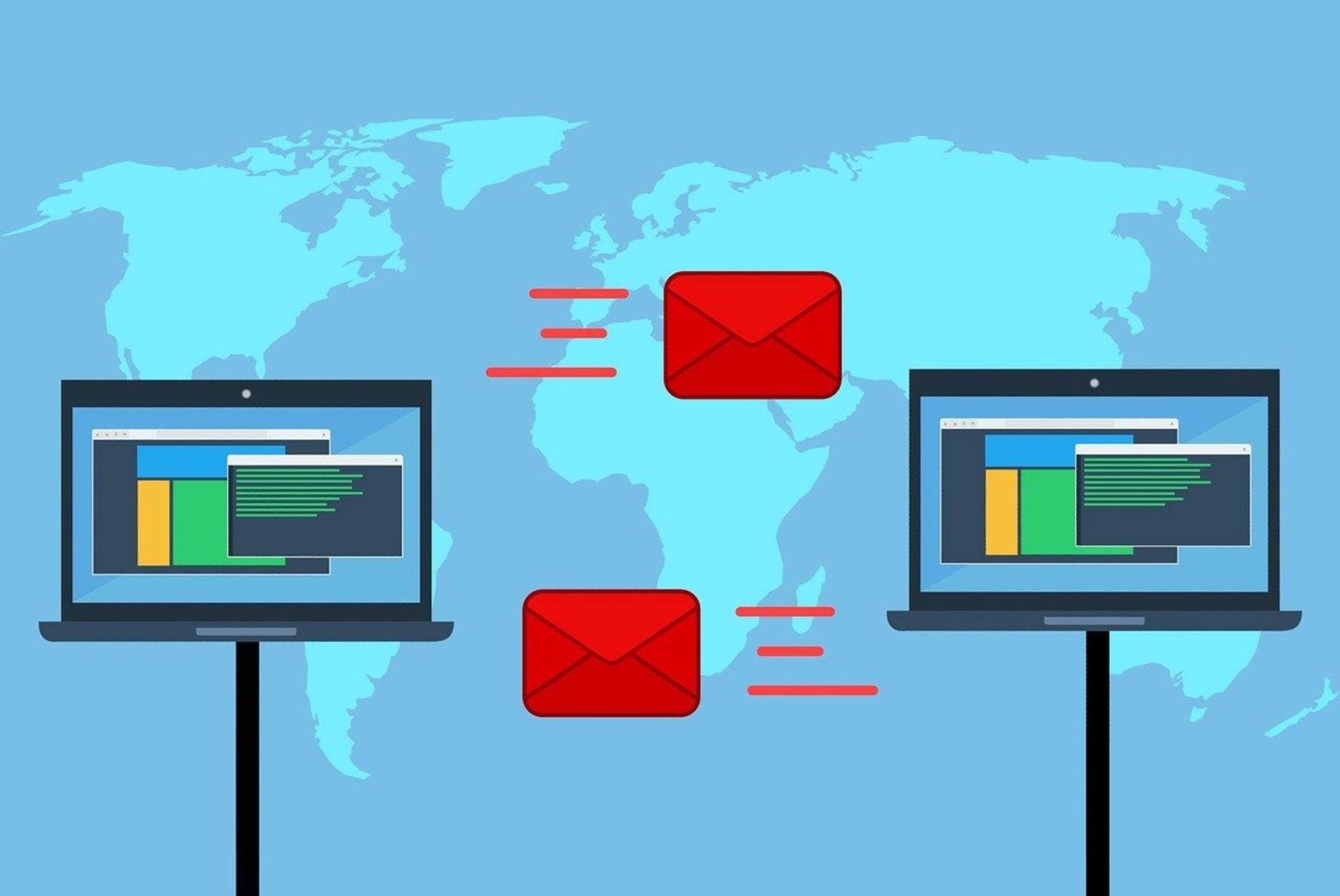Blog
3 Ways to Become EDI Compliant
Since ancient times, much of business success has come from having strong relationships. Today many business relationships are made or broken through digital technology and innovations, and while this centuries-old truth still holds, it’s grown much more complex. EDI can help!

Since ancient times, much of business success has come from having strong relationships. Fast forward to our modern, digital age, where so many business relationships are made or broken through digital technology and innovations, and while this centuries-old truth still holds, it’s grown much more complex.
Nowhere is this more apparent than in the world of EDI (Electronic Data Interchange). In particular, financial penalties some companies lodge against their vendors and suppliers for failing to maintain EDI compliance with agreed-upon SLAs (Service Level Agreements), continue to wreak havoc on trading partner relationships.
What Does Being EDI Compliant Mean?
EDI compliance refers to a business’s capacity to accurately send and receive EDI transactions/messages according to the order data requirements of its EDI trading partners.
Many companies insist that their trading partners communicate using EDI software, including retail giants like Wehkamp, MediaMarkt, Decathlon and Amazon.
EDI Compliance Requirements
Many major companies have requirements for EDI trading partner setup and maintenance, both of which are important in keeping compliant.
Often companies offer a “Getting Started with EDI Implementation Guide”, which helps their upcoming partners to become EDI compliant with them.
Often in such a document 4 EDI compliance requirements are laid out for all partners
- The ability to exchange the basic EDI document set
- The timeline for EDI data testing
- Connection requirements
- Functional acknowledgment expectations
First, the basic EDI documents required by companies in Europe are:
- ORDERS
- ORDRSP
- DESADV
- INVOIC
- REMADV
- CONTRL
Second, as far as the acceptable timeline for EDI testing, this can varie from company to company. It’s a target period in which a vendor or Trading Partner must prove that they are capable of transmitting all of the basic documents.
Third, to trade EDI in Europe, vendors or Trading Partners must maintain a consistent AS2 connection. This means that a business must not go offline or experience any disruption in its communication with it's Trading Partner.
Since AS2 is the sole means of connecting to most EDI ready companies and the method by which EDI documents are exchanged, a drop in connectivity can negatively affect a trading partner’s relationship with for example one of the previous mentioned Retail giants.
Fourth, the EDI trading partner MUST send the CONTRL functional acknowledgments no more than a pre selected amount of hours from when the purchase orders were placed in the partner’s mailbox.
Why is EDI Compliance Important?
With virtually all major trading partners demanding that businesses who wish to trade with them be EDI compliant, the importance of building and maintaining EDI compliance can not be understated, especially given how it can benefit your bottom line.
At its most basic level, EDI compliance means your business can use EDI to receive your purchase orders and send out invoices.
Solid, trust-based relationships built on being EDI capable foster confidence and business growth. EDI implementation issues are not only frustrating, but they can also be costly. And that cost of being non-compliant comes in the form of EDI chargebacks or penalties.
How to Become EDI Compliant?
Poor or outdated integration technology is often a cause or contributor to these types of chargebacks, and while they may seem minor individually, a systemic EDI compliance problem can be so financially devastating it can cripple even the best business relationships.
Fortunately, there’s a better way to ensure EDI compliance so that EDI chargebacks happen less frequently, SLAs can be better met, and valuable relationships preserved: With an Ecosystem Integration platform, that’s flexible, modern, cloud-based, and dependable.
Here are 3 ways to reduce chargebacks and/or penalties using a Cloud Integration platform as your EDI provider:
- By using a cloud-based EDI system, you can design, build, operate and optimize critical ecosystem integration processes. This means you can mature your integration solution on your terms and timeframe, always confident that your solution is flexible enough to grow as your business needs dictate.
- Such a platform brings end-to-end integration visibility across API, EDI, and non-EDI integrations, giving technical and business users equal confidence to rapidly onboard trading partners, enable integration between applications, and accelerate revenue-generating business processes. By having strategic, “outside-in” visibility into the critical end-to-end business flows happening across your ecosystem of partners and customers, marketplaces, and internal cloud and on-premise applications, your vital business relationships will become stronger.
- For some companies, the criticality of remaining EDI compliant and avoiding chargebacks and/or penalties makes it worth outsourcing all or some of this important function to a third party. With a true Ecosystem Integration platform, businesses have the choice of self-service, managed services, or a blended approach – ensuring complete flexibility and control over their B2B integration strategy.
Finding the Right Technology
Integrating your ecosystem gives you peace of mind knowing your business can stay compliant, all while supporting customers' evolving needs.
ECS has multiple solutions to accommodate your needs including the Cleo Integration Cloud (CIC) platform to give you the power to quickly meet all trading partner requirements to get EDI compliant. With CIC you’ll rapidly identify and address errors, pinpoint EDI compliance violations, and rapidly resolve issues, significantly curbing dropped, late, or inaccurate orders, invoices, ASN, and acknowledgments.
If you want to know more about our solutions or implementing the correct Integration (Cloud) Platform visit our product pages and contact us today.

